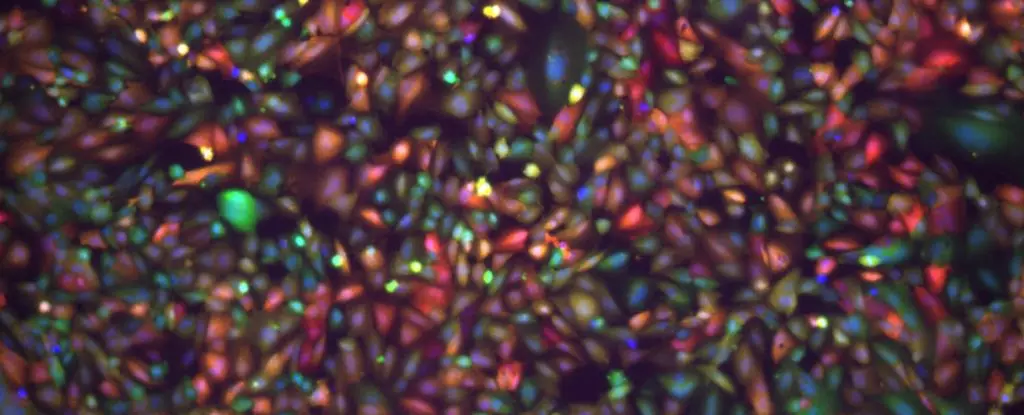The human brain, being the most crucial organ in our body, is naturally protected by a sophisticated defense mechanism known as the blood-brain barrier. This barrier acts as a shield against pathogens and toxins, safeguarding the delicate structure and functioning of our brain and spinal cord. While the blood-brain barrier serves a vital purpose, it also poses a significant challenge in the field of medicine. Currently, the majority of drugs available cannot penetrate this barrier, making it difficult to treat neurological conditions effectively.
Breaking through the blood-brain barrier has been a long-standing goal for scientists and researchers. However, recent advancements at the University of Pennsylvania have brought us closer to achieving this feat. A team of researchers at the university has developed a simple yet effective model of the blood-brain barrier in a laboratory setting. This breakthrough allows them to test the efficiency of drug transporters and explore new avenues for drug delivery to the central nervous system.
One promising avenue of drug transport involves the use of lipid nanoparticles. These microscopic particles are capable of passing through the blood-brain barrier and can act as carriers for important treatments such as proteins, antibodies, and even messenger RNA (mRNA). Lipid nanoparticles have already demonstrated their effectiveness in delivering mRNA vaccines for COVID-19, with mRNA therapies holding immense potential for treating neurological diseases. However, the main challenge lies in successfully delivering these nanoparticles to the brain.
The University of Pennsylvania’s model of the blood-brain barrier has shown promising results in overcoming this challenge. In fact, it has outperformed previous models in its ability to cross the barrier. By utilizing this model, bioengineers were able to identify organ-specific particles that can effectively transport drugs to the central nervous system. This breakthrough opens up innovative approaches to treating conditions such as traumatic brain injury, stroke, and Alzheimer’s disease.
The development of treatments that can effectively cross the blood-brain barrier is of utmost importance. Currently, only a small percentage of available drugs are capable of penetrating the central nervous system, excluding medicines for affective disorders like antidepressants. This limitation highlights the urgent need for effective treatments that can target neurological conditions directly.
Traditionally, direct injection into the brain has been one method to bypass the blood-brain barrier. However, this procedure is highly invasive and restricts the diffusion of medicine throughout the organ. In recent years, researchers have experimented with sound waves to allow chemotherapy drugs into the brain, opening up new possibilities for treatment. The University of Pennsylvania’s approach, focusing on lipid nanoparticles, offers a different and potentially more effective solution.
The researchers at the University of Pennsylvania conducted a series of experiments to evaluate the efficacy of different lipid nanoparticles. Out of the 14 particles tested in laboratory dishes, five were chosen for further analysis in living mice. These nanoparticles, labeled with fluorescent markers, demonstrated high transport across the blood-brain barrier. Interestingly, some of the medicine injected into the bloodstream of the mice generated a bioluminescent signal in brain cells within as little as six hours.
While the study proved successful in transporting lipid nanoparticles across the blood-brain barrier, not all of the medicine made it into the brain cells. This finding emphasizes the importance of selecting the right drug carriers for future research. Researchers need to be meticulous in their choice of nanoparticles to ensure that the medicine delivered to the central nervous system is effective and efficient.
The development of a successful model of the blood-brain barrier opens up new possibilities for drug delivery to the central nervous system. This breakthrough at the University of Pennsylvania has demonstrated the potential of lipid nanoparticles in transporting medicines across the barrier. While challenges remain, this research brings us one step closer to effectively treating neurological conditions that have long posed significant barriers to medical advancements.


Leave a Reply